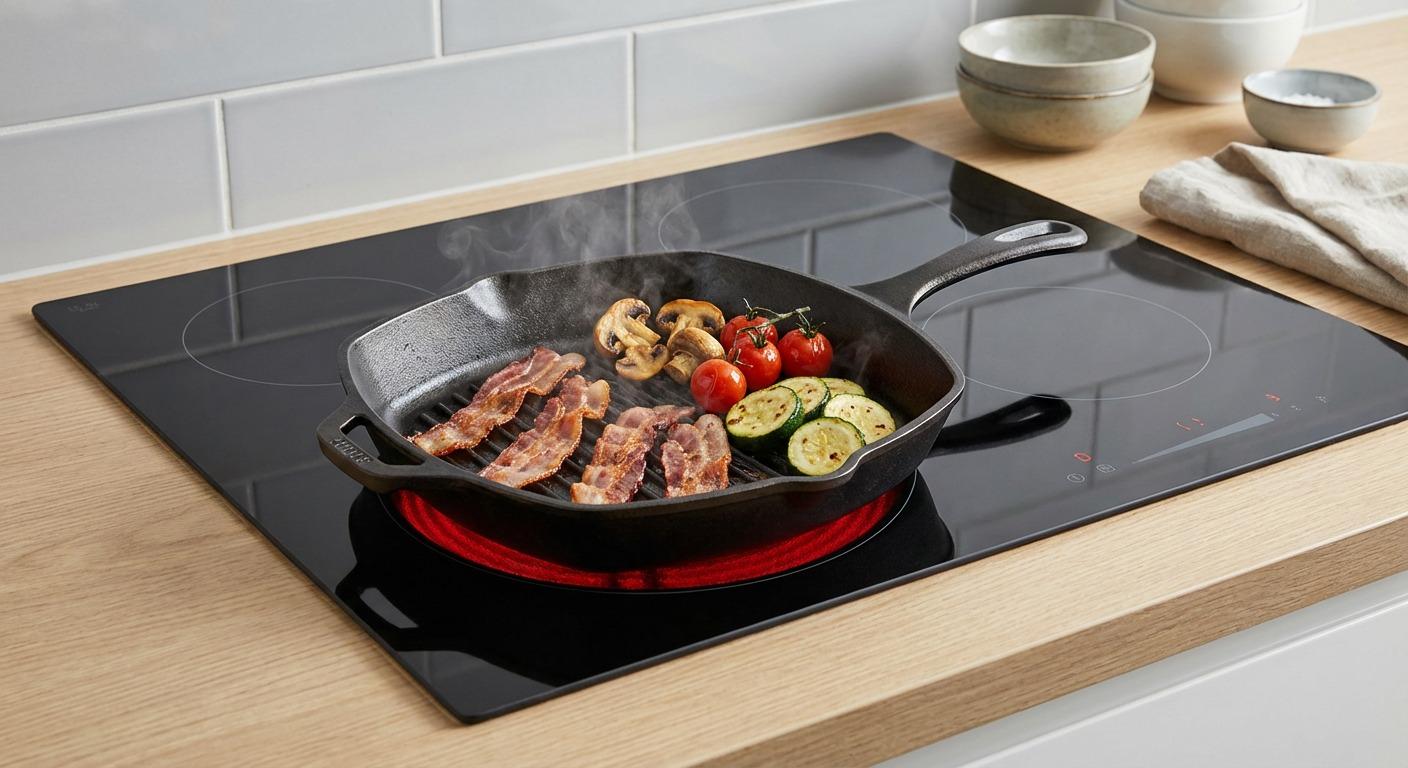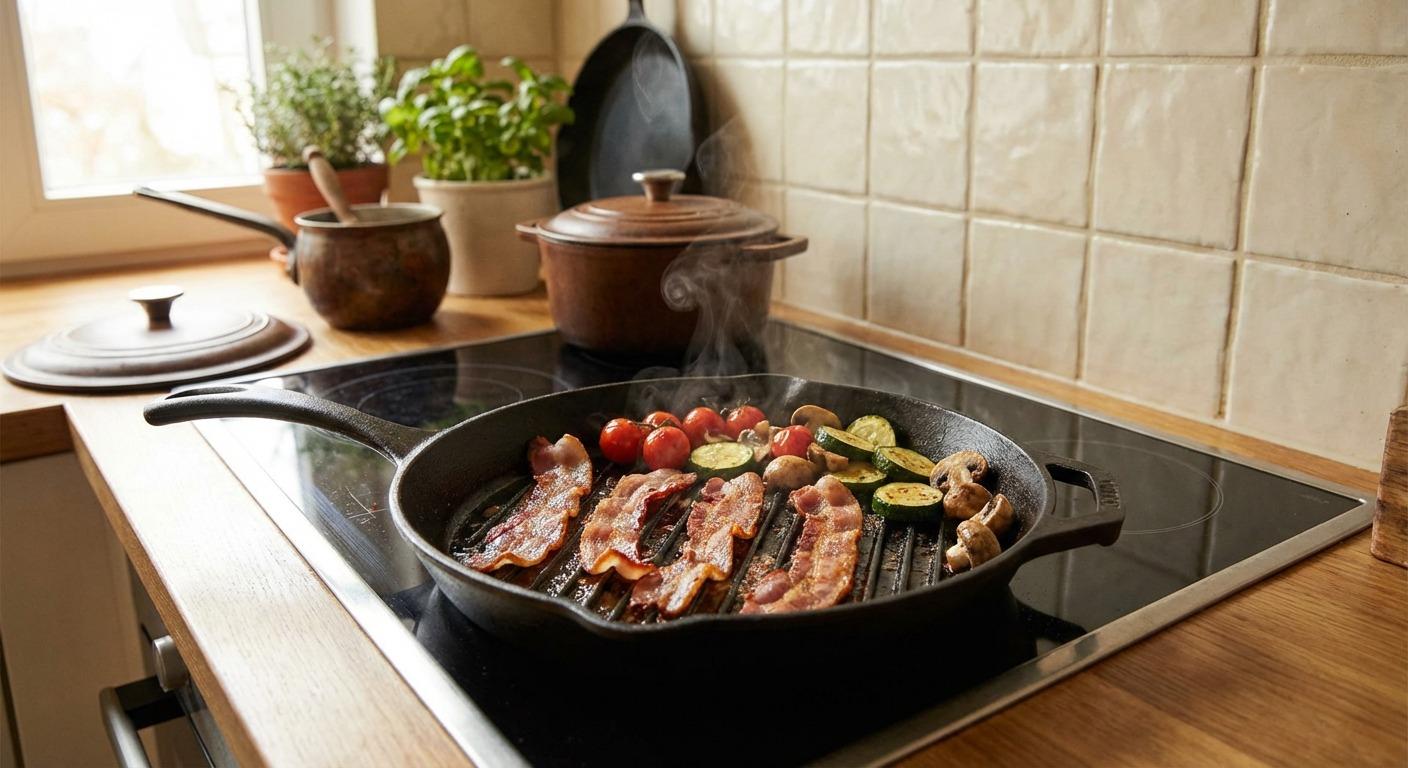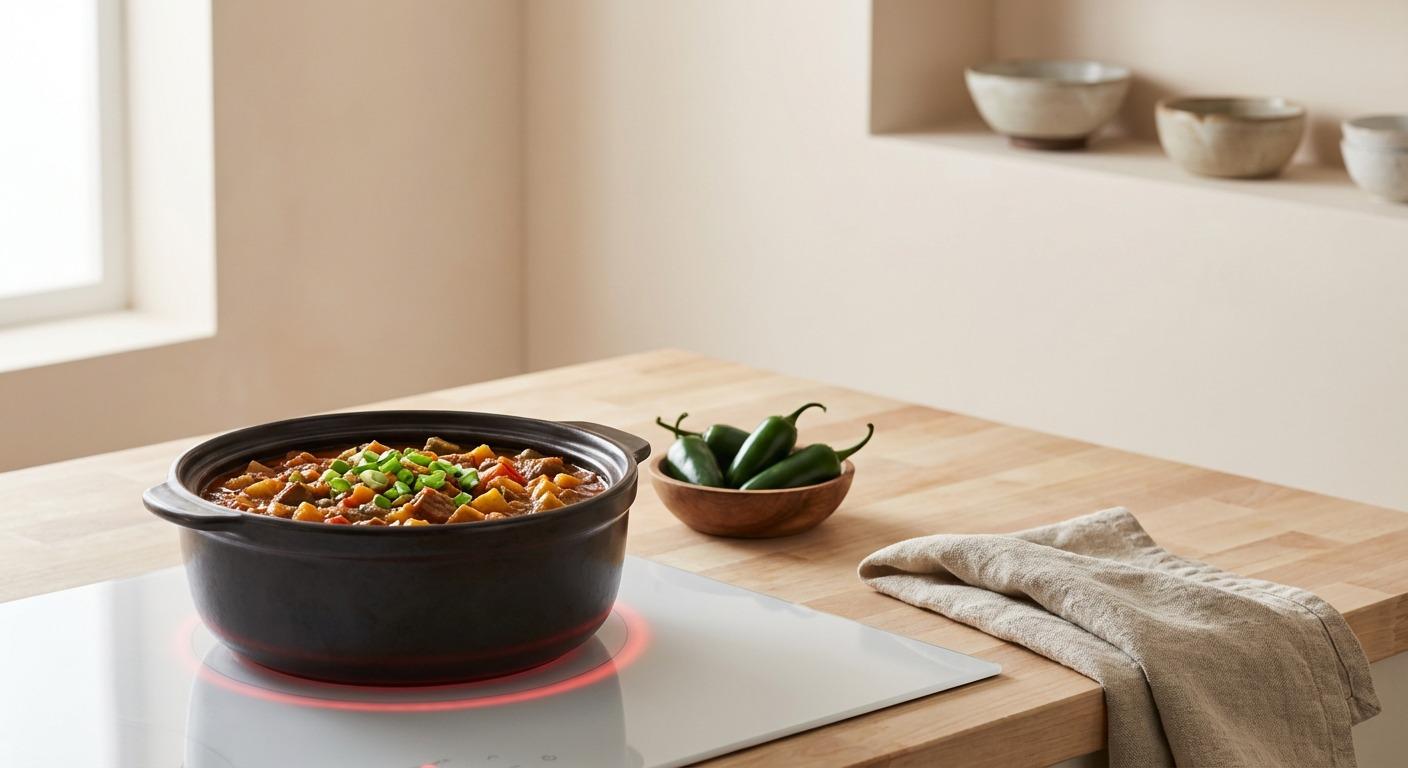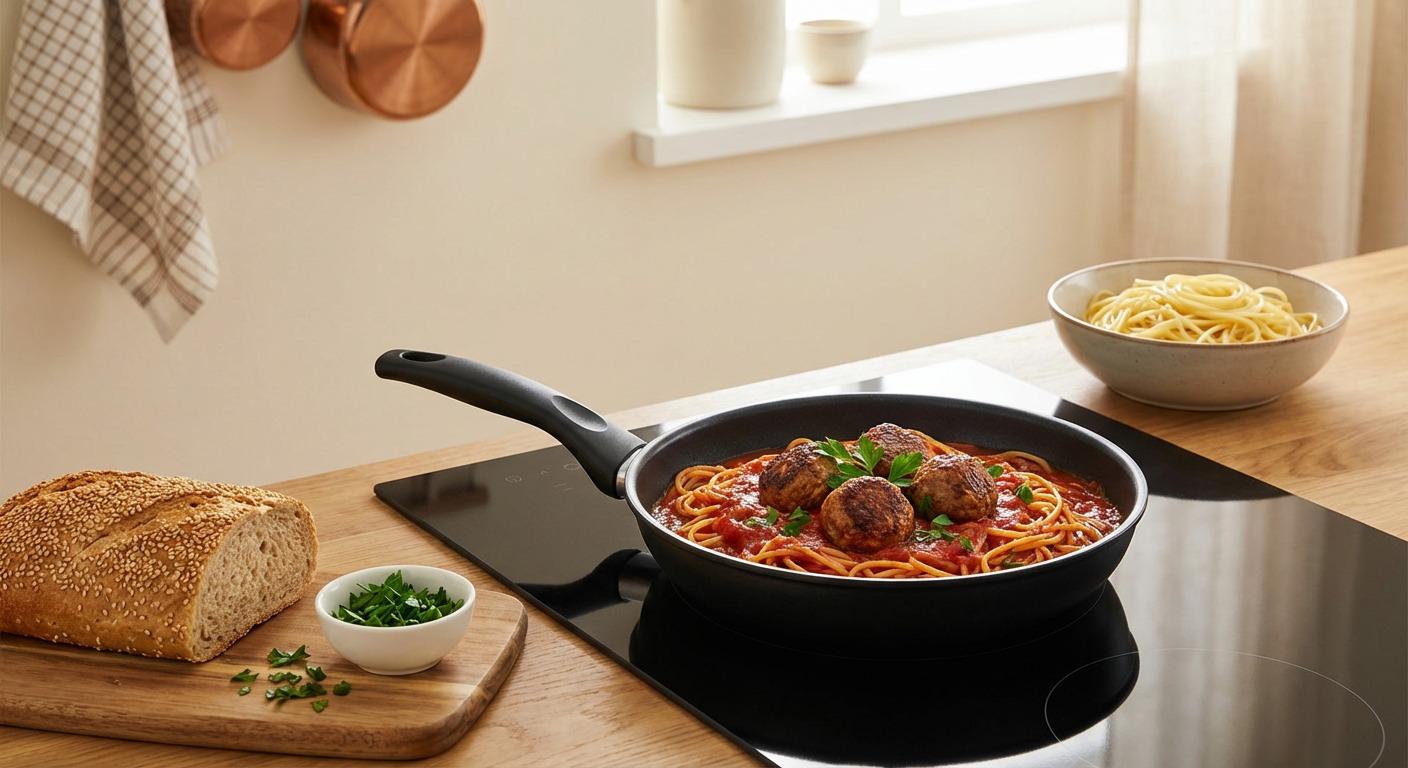Choosing the right portable stove can significantly elevate your cooking experience, whether you're in a small apartment, a dorm room, or simply need an extra burner for a holiday feast. The modern market offers incredible options, but the decision often boils down to two main technologies: the classic electric coil or glass top, and the advanced magnetic induction. Understanding the fundamental differences between an electric portable stove and an induction model is key to finding the perfect culinary companion for your specific needs.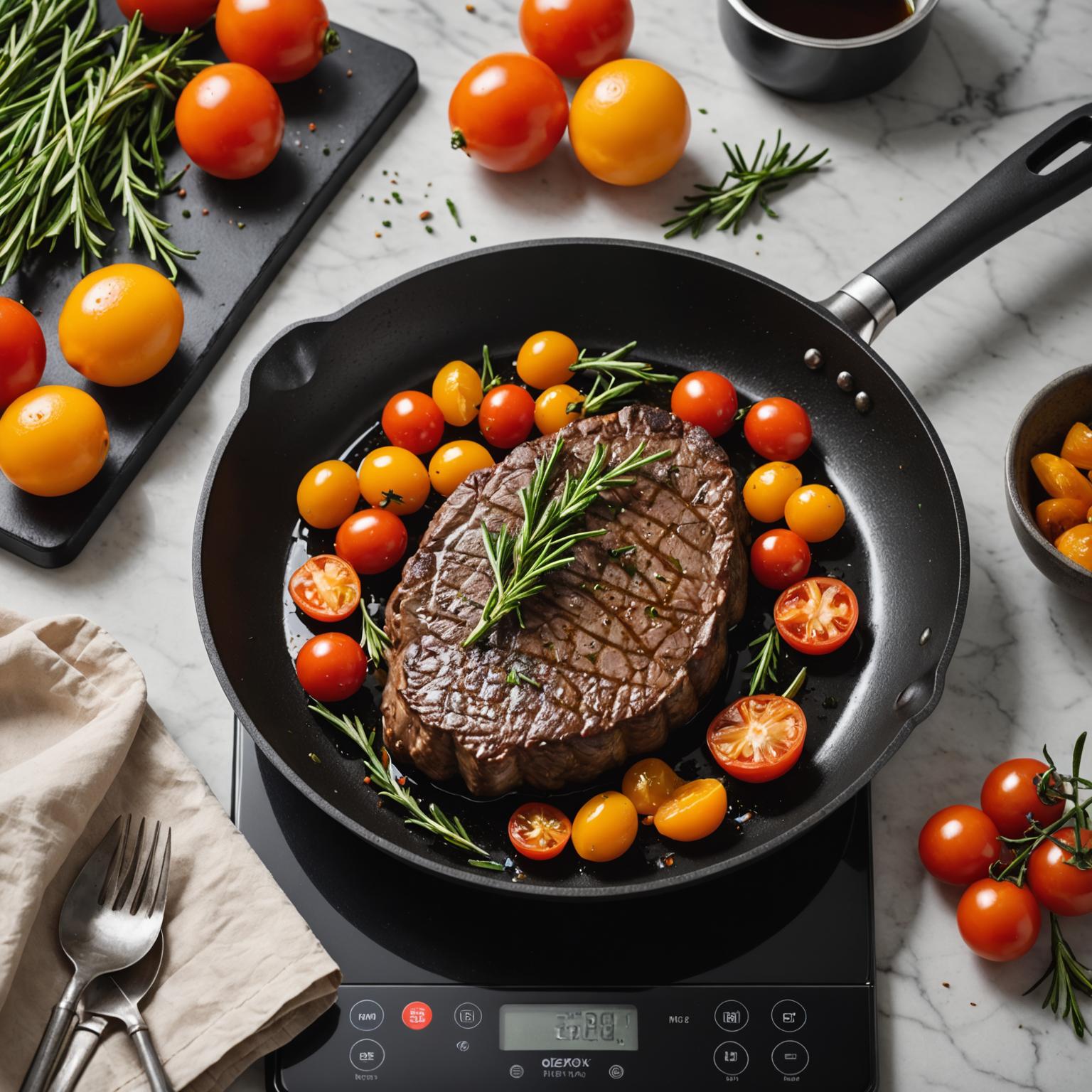
Understanding the Electric Portable Stove
An electric portable stove is a familiar and straightforward appliance. It operates by passing electricity through a heating element, typically a metal coil or a halogen bulb under a ceramic-glass surface. This element gets red-hot and transfers heat to the pot or pan through direct contact and radiant energy. This method is highly versatile, as it works with virtually any type of flat-bottomed cookware, from aluminum and copper to glass and ceramic. The technology is well-established, often making these models more affordable upfront. Their operation is simple, usually involving a dial to control the power level sent to the heating element, similar to how an electric teapot warmer maintains a steady temperature for brewing. However, they are generally slower to heat up and cool down, and temperature adjustments are not instantaneous, as the coil itself has to change temperature.
Exploring the Induction Portable Stove
In contrast, an induction portable stove represents a leap forward in cooking technology. Instead of using a hot element, it generates a powerful electromagnetic field just below the glass surface. This field interacts directly with the cookware, inducing electrical currents within the pot or pan itself, which generates the heat. The result is that the pan becomes the heat source, not the cooktop. This process is incredibly efficient and precise. One of the most significant advantages is safety; because the surface itself doesn't get hot (only residual heat from the pan is present), it cools down almost immediately after the pot is removed, minimizing the risk of burns. This technology is the pinnacle of modern convenience, offering sleek designs and precise controls, allowing a user to dial in the perfect temperature with unparalleled accuracy.
Heating Speed and Control: A Direct Comparison
The most dramatic difference between the two types is performance. If you are looking for a fast heating portable stove, induction is the undisputed winner. Because it heats the cookware directly, an induction cooktop can boil water up to 50% faster than its electric counterpart. This speed also translates to superior temperature control. When you adjust the power on an induction unit, the change in heat is immediate, providing a level of precision that rivals gas cooking. An electric stove, on the other hand, has a significant lag time. It takes time for the coil to heat up or cool down, making it more challenging to perform delicate tasks that require quick temperature changes, such as preventing a sauce from scorching or achieving a perfect sear on a steak.
Cookware, Safety, and Cost: The Deciding Factors
Your final decision may come down to practical considerations. The primary drawback of an induction portable stove is its cookware requirement; it only works with ferromagnetic materials like cast iron or magnetic stainless steel. If a magnet sticks to the bottom of your pot, it will work. An electric stove offers greater flexibility, accommodating almost any pan you already own. In terms of safety, induction's cool-to-the-touch surface gives it a clear edge, especially in households with children. From a cost perspective, electric models typically have a lower purchase price. However, the superior energy efficiency of induction cooking can lead to lower electricity bills over time, potentially offsetting the higher initial investment. Ultimately, both technologies offer a convenient way to cook anywhere, but they cater to different priorities.
Which Portable Stove is Right for You?
In the end, the choice between an electric and induction portable stove depends on what you value most. If your top priorities are a low upfront cost and the ability to use your existing collection of diverse cookware, the reliable electric portable stove is an excellent choice. However, if you are a passionate cook who craves speed, precision, energy efficiency, and the highest level of safety, investing in a fast heating portable stove with induction technology will undoubtedly transform your culinary endeavors. By weighing these distinct advantages and disadvantages against your cooking style and budget, you can confidently select the appliance that will best serve you in the kitchen.



